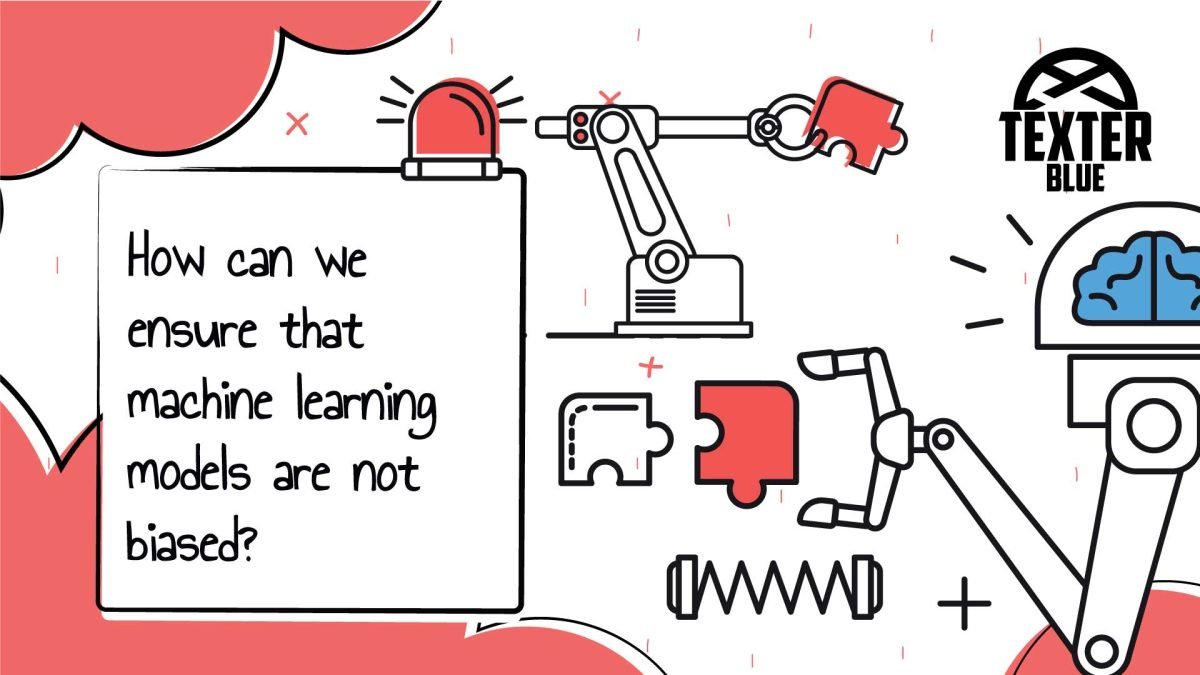Bias has been an intrinsic part of human existence throughout history. Despite our efforts to eliminate bias and make impartial decisions, it persists. Ironically, even when we entrust algorithms with decision-making to reduce human bias, these very algorithms often exhibit biases of their own.
To ensure fair and ethical machine learning models, we must actively combat bias. In this article, we’ll explore ways to ensure that ML models are not biased.
The various sources of bias in AI
These risks are critical to address as we try to achieve ethical and unbiased AI systems.
- Implicit Bias – Implicit bias refers to discrimination or prejudice that operates unconsciously within an individual. It affects decision-making without the person being aware of it leading to unfair outcomes. Identifying and mitigating implicit bias in AI models is essential to ensure equitable results.
- Sampling Bias – Sampling bias arises when the data used to train an AI model does not accurately represent the entire population. If the sample data is skewed toward a specific subset of the group, the model may generalize poorly to the broader population. Addressing sampling bias requires careful data collection and representative sampling.
- Temporal Bias – While building a machine learning model, the focus is often on the present data. However, failing to account for potential future changes can lead to biased predictions. Models that work well today may fail tomorrow due to unforeseen shifts.
To create fair and unbiased AI, we need to tackle these risks. By understanding their impact, more transparent, accountable, and fair machine learning systems can be built.
3 ways of handling bias in AI development
As deep learning algorithms become more biased, companies face legal risks. Let’s explore some ways to reduce bias:
1) Choosing the right model
Every AI model is unique, making it challenging to completely eliminate bias. However, there are some steps we can take during their development:
For example, we can consider the differences between supervised and unsupervised learning models. Unsupervised models may pick up bias from their dataset, while supervised models could introduce human bias, even with controls in place.
To minimize bias, one approach is to exclude sensitive information from the model, although this might not fully eliminate vulnerabilities. Data scientists need to carefully select the most suitable model for each scenario, employing various strategies in their development process and practicing troubleshooting before finalizing their choice.
2) Selecting an inclusive training dataset
The training data should include a wide range of diverse groups and there should be an effort to avoid creating separate models for different groups. If there’s insufficient data for a particular group, weighting it to increase its significance in training can be considered, but with proper caution to prevent introducing new biases.
3) Monitoring performance with actual data
Biased deep learning models can arise unintentionally, often performing well in controlled settings. Therefore, it is crucial to simulate real-world scenarios as closely as possible during algorithm development.
Using test groups for algorithms already in use may not be ideal; instead, it’s advisable to test them with real data.
When analyzing data, two forms of equality should be considered: outcome equality and opportunity equality. Proving outcome equality is simpler but may involve accepting potentially biased data knowingly. On the other hand, demonstrating opportunity equality is more challenging but aligns better with moral principles.
Addressing bias in machine learning models requires vigilance. By selecting appropriate models, diversifying training data, and regularly auditing for fairness, we can strive for unbiased AI systems that benefit all.
TML: Texter Machine Learning by Texter Blue
Your content and data are the foundation upon which your business operates, and critical decisions are made. Recent advancements in AI in areas such as image and natural language processing have enabled a whole new level of automatic extraction of information and data analysis that power the automation of key business processes not possible until now.
- Process your data with different AI engines, integrating the results.
- Supports several data formats: images, video, text, etc.
- Generate new content and document versions based on AI results.
- Store extracted information in metadata, enabling further processing and process automation.
- On cloud or on-premises – in case you don’t want data to leave your private infrastructure.
- Compatible with several different ECM providers
- Ability to develop custom AI models to target your specific needs and data.
AI is essential to remain relevant!
The adoption of AI in modern organisations is essential to remain relevant and competitive, optimising efficiency, empowering new business opportunities and freeing critical human resources to specific value-added tasks.
Download here our TML – Texter Machine Learning – Datasheet:
By submitting you confirm that you have read and agreed with our Privacy Policy.
If you’re struggling with your digital transformation, remember… you are not alone in this… Texter Blue is here to help you providing the best results! Make sure you read our news and articles and contact us.

